Shop by

Photo Credit: JackWard / Shutterstock
By David Heacock
Rising rents have hit households hard over the last year. After remaining flat amid eviction moratoriums and government assistance programs in 2020, rents grew by 17.6% in 2021 and by another 6.7% over the first seven months of 2022. And in a period of persistent inflation, costs for housing are squeezing renters’ budgets for other household spending.
But even before the recent spike in rents, the gap between what a typical rental costs and what the typical worker can afford based on their income has been growing. Amid stagnant wages for workers, especially low income earners, and a nationwide shortage of housing stock, renters are finding it more difficult than ever to secure affordable housing. A recent report from the National Low Income Housing Coalition found that the typical renter today needs to earn $21.25 per hour to afford a modest one-bedroom apartment.
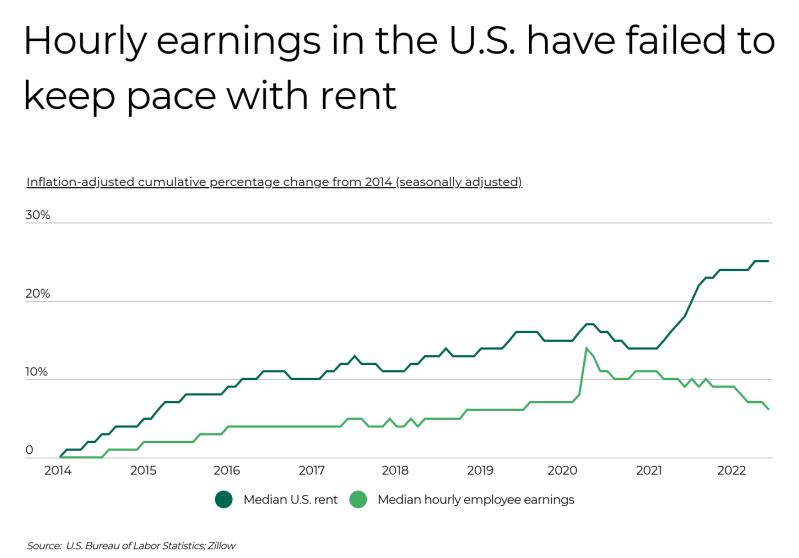
The gap is only widening as rates of rent growth exceed rates of growth for wages. After adjusting for inflation, the median U.S. rent has grown by 25% since 2014, while the median hourly employee earnings in the U.S. has increased by only 6% over the same span. While the gap narrowed in 2020, the recent spike in rents has widened the difference between cumulative rates of rent and wage growth to nearly twice what it was before the pandemic.
The combination of rising rents and stagnant wages has been a challenge for Americans of all stripes, but certain groups have been more disadvantaged by this state of affairs than others. Researchers from the Joint Center for Housing Studies at Harvard found earlier in 2022 that nearly a quarter of the lowest-earning renters are behind on rent, and renters of color are at least twice as likely as white renters to be behind. But even well-off households are feeling pressure, as rising real estate costs price would-be buyers out and keep them competing for space in the rental market—and as they spend more on rent, they have a harder time saving for homeownership.
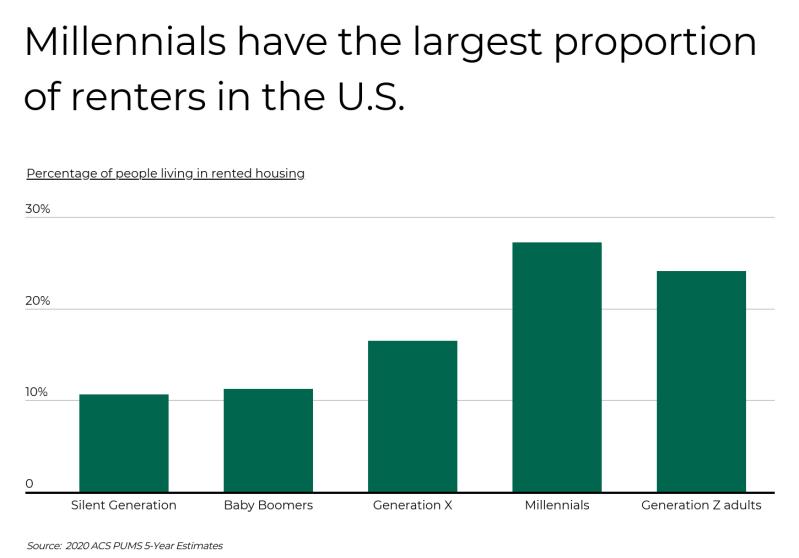
Current challenges in the rental market are also being experienced differently across generations. Members of the millennial generation—currently aged 26 to 41—are at an age when most people buy their first or second home. But rising costs of rents and real estate have compounded on other financial difficulties faced by the millennials, like lost earning potential after the Great Recession and historically high levels of debt. Now, 27.2% of millennials in the U.S. are renters, a larger proportion than any other generation.
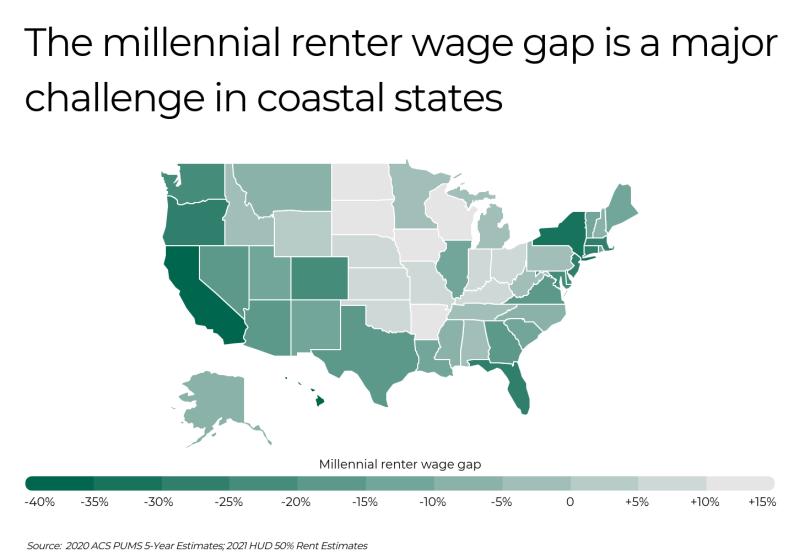
DID YOU KNOW?
Replace your home air filters every three to six months to protect your loved ones with clean and healthy air inside your home. For optimum protection, check out Filterbuy’s MERV 13 air filters.
For millennials in some parts of the country, rental units fortunately remain relatively affordable. The interior of the U.S. tends to have the most affordable locations, including 13 states where a typical millennial renter’s earnings exceed what is needed to afford the median one-bedroom unit. In contrast, most of the states where millennials have larger renter wage gaps are coastal states that tend to have higher housing costs due to limited supply, like California. The problem is even more acute at the metro level, where some of the most desirable and fastest-growing cities in the U.S. have major renter wage gaps for millennials.
To determine the locations with the largest millennial renter wage gap, researchers at Filterbuy calculated the percentage difference between the median wage for millennial renters and the median wage necessary to afford a one-bedroom rental without spending more than 30% of wages on rent. In the event of a tie, the location with the higher median one-bedroom rent was ranked higher.
Here are the U.S. metropolitan areas with the largest millennial renter wage gap.
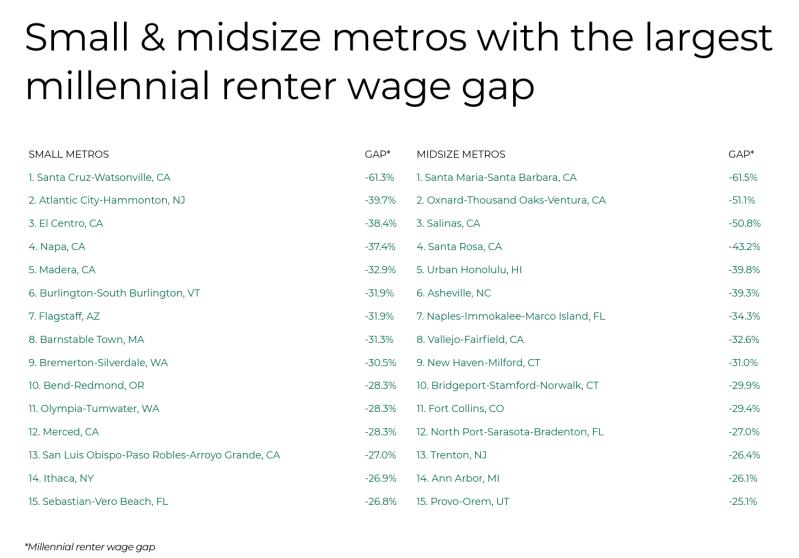
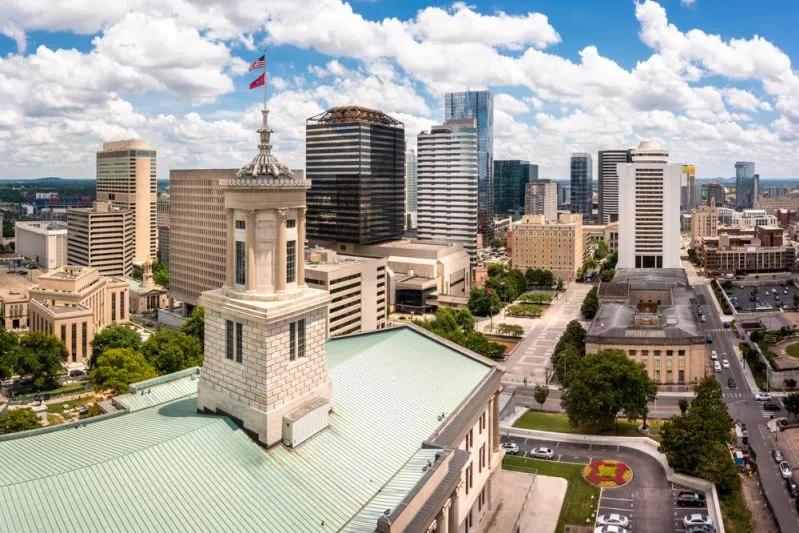
Photo Credit: Mihai Andritoiu / Shutterstock

Photo Credit: Nicholas Courtney / Shutterstock

Photo Credit: Checubus / Shutterstock

Photo Credit: Andriy Blokhin / Shutterstock

Photo Credit: shamiso chikanga / Shutterstock

Photo Credit: Travellaggio / Shutterstock

Photo Credit: Andrew Zarivny / Shutterstock

Photo Credit: Jon Bilous / Shutterstock
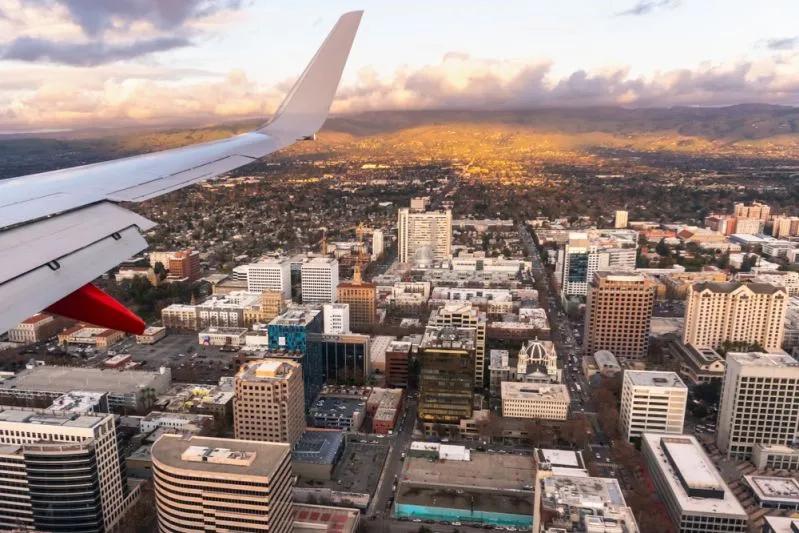
Photo Credit: Sundry Photography / Shutterstock

Photo Credit: Lukas Uher / Shutterstock

Photo Credit: yhelfman / Shutterstock

Photo Credit: Infinity Moments LLC / Shutterstock

Photo Credit: Sean Pavone / Shutterstock

Photo Credit: Sean Pavone / Shutterstock
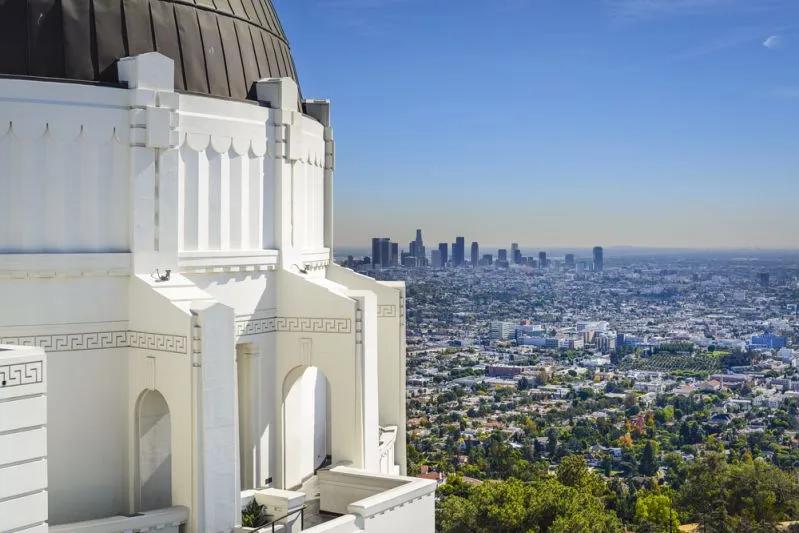
Photo Credit: Sean Pavone / ShutterstockLos Angeles-Long Beach-Anaheim, CA
The data used in this analysis is from the U.S. Census Bureau’s 2020 ACS PUMS 5-Year Estimates. To determine the locations with the largest millennial renter wage gap, researchers at Filterbuy calculated the percentage difference between the median wage for millennial renters and the median wage necessary to afford a one-bedroom rental without spending more than 30% of wages on rent. For the purpose of this analysis millennials are defined as those aged between 24-39 (in 2020). In the event of a tie, the location with the higher median one-bedroom rent was ranked higher. To improve relevance, only metropolitan areas with at least 100,000 residents and complete data available were included. Additionally, metros were grouped into cohorts based on population size: small (100,000–349,999), midsize (350,000–999,999), and large (1,000,000 or more).